With most herds dry and calving not due for another few weeks, many farmers are taking the opportunity to paint milking parlours and dairies. Similarly, it’s a good opportunity for farmers with new builds to apply paint before the cows dirty the walls.
It’s important to note that now is not a good time to apply paint, as walls and surfaces can often be damp and cold. However, now is the only real time paint can be applied, as it will be impossible to paint while the parlour is being used, so it’s a bit of a trade-off.
Some farmers will run space heaters for a few days to dry and heat up walls before paint is applied in order to be able to do the job during the winter.
Walls should be clean before paint is applied, as paint will not stick to dirt and other residues. Power-washing of walls should be carried out as long before the paint is applied as is practical to allow the walls fully dry out.
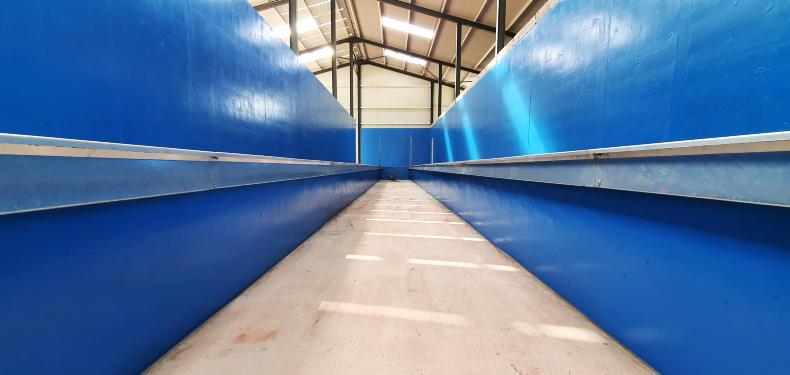
Parlour recently painted using Dairyguard WB.
The next decision concerns what paint to use. Suffice to say, ordinary gloss or emulsion paints will not be good enough for milking parlours or dairy walls. This is because these walls will be washed regularly and, also, they are often exposed to chemicals, so the paint needs to be hard-wearing.
Speaking to those in the industry, two types of paint products on the market are suitable for milking parlours – chlorinated rubber paint and water-based epoxy paint.
Castle Paints in Tullamore manufactures and distributes chlorinated rubber paints to stockists around the country, including many dairy co-ops.
It also sells paint directly to farmers if there are no stockists in their vicinity.
According to Castle Paints, the following guidelines should be followed when painting with chlorinated rubber paints.
For new and existing mass concrete walls, an acid etch should be applied using a sweeping brush. The acid etch solution costs €38 for a 5l pack and this will cover about 30m2.The first coat of paint should be applied to a completely dry and warm surface (temperature above 8°C). This first coat should be thinned by 20%. Xylene thinners cost €20 for a 5l pack.The second coat does not require any thinning. The paint itself costs €68 for a 5l pack and each 5l tin should cover 40m sq. Available colours are white, light blue and grey. Construction Chemical Supplies in Dublin sells parlour paint and concrete floor finishing products to dairy farmers across the country.
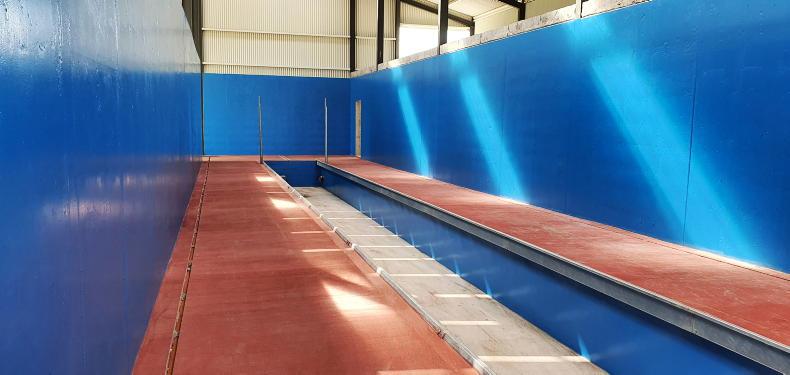
Parlour recently painted using Dairyguard WB.
Its parlour paint is a water-based epoxy called Dairyguard WB and it comes in two packs, which are mixed together prior to application.
Existing walls should be thoroughly cleaned and left to dry prior to painting. New walls should be power-hosed before being painted to remove any oily residues on the concrete.Part A comes in a 4.5kg tin and is mixed with the part B (hardener), which comes in a 0.5kg tin, immediately prior to painting. The paint costs €75 for a 5kg pack which should cover approximately 35m2 to 40m2.Available colours are blue, white, red, stirling and flint.Two coats will be required for bare walls.For those building new parlours, of which there are many at this time of year, the option exists to use additives and colours in concrete floors.
There are two main options. The first is to use a combined colour and hardener in floors. This comes in powder form and is trowelled into the floor after the concrete is poured and before it sets.
These products, such as Colour Surface Hardener from Allcrete or Parlourtop from Construction Chemical Supplies, add colour and greatly harden the floor and protect the surface from chemical corrosion and excessive wear.
An alternative is to just use a concrete dye and this is mixed into the concrete while still in the ready-mix lorry. The dye does not add any strength to the concrete, it just adds colour.
In order to get the exact same shade of colour, it would be preferential to complete the job using one pour. Where this is not possible, the joinings between the first and the second load should be blended together.
With most herds dry and calving not due for another few weeks, many farmers are taking the opportunity to paint milking parlours and dairies. Similarly, it’s a good opportunity for farmers with new builds to apply paint before the cows dirty the walls.
It’s important to note that now is not a good time to apply paint, as walls and surfaces can often be damp and cold. However, now is the only real time paint can be applied, as it will be impossible to paint while the parlour is being used, so it’s a bit of a trade-off.
Some farmers will run space heaters for a few days to dry and heat up walls before paint is applied in order to be able to do the job during the winter.
Walls should be clean before paint is applied, as paint will not stick to dirt and other residues. Power-washing of walls should be carried out as long before the paint is applied as is practical to allow the walls fully dry out.

Parlour recently painted using Dairyguard WB.
The next decision concerns what paint to use. Suffice to say, ordinary gloss or emulsion paints will not be good enough for milking parlours or dairy walls. This is because these walls will be washed regularly and, also, they are often exposed to chemicals, so the paint needs to be hard-wearing.
Speaking to those in the industry, two types of paint products on the market are suitable for milking parlours – chlorinated rubber paint and water-based epoxy paint.
Castle Paints in Tullamore manufactures and distributes chlorinated rubber paints to stockists around the country, including many dairy co-ops.
It also sells paint directly to farmers if there are no stockists in their vicinity.
According to Castle Paints, the following guidelines should be followed when painting with chlorinated rubber paints.
For new and existing mass concrete walls, an acid etch should be applied using a sweeping brush. The acid etch solution costs €38 for a 5l pack and this will cover about 30m2.The first coat of paint should be applied to a completely dry and warm surface (temperature above 8°C). This first coat should be thinned by 20%. Xylene thinners cost €20 for a 5l pack.The second coat does not require any thinning. The paint itself costs €68 for a 5l pack and each 5l tin should cover 40m sq. Available colours are white, light blue and grey. Construction Chemical Supplies in Dublin sells parlour paint and concrete floor finishing products to dairy farmers across the country.

Parlour recently painted using Dairyguard WB.
Its parlour paint is a water-based epoxy called Dairyguard WB and it comes in two packs, which are mixed together prior to application.
Existing walls should be thoroughly cleaned and left to dry prior to painting. New walls should be power-hosed before being painted to remove any oily residues on the concrete.Part A comes in a 4.5kg tin and is mixed with the part B (hardener), which comes in a 0.5kg tin, immediately prior to painting. The paint costs €75 for a 5kg pack which should cover approximately 35m2 to 40m2.Available colours are blue, white, red, stirling and flint.Two coats will be required for bare walls.For those building new parlours, of which there are many at this time of year, the option exists to use additives and colours in concrete floors.
There are two main options. The first is to use a combined colour and hardener in floors. This comes in powder form and is trowelled into the floor after the concrete is poured and before it sets.
These products, such as Colour Surface Hardener from Allcrete or Parlourtop from Construction Chemical Supplies, add colour and greatly harden the floor and protect the surface from chemical corrosion and excessive wear.
An alternative is to just use a concrete dye and this is mixed into the concrete while still in the ready-mix lorry. The dye does not add any strength to the concrete, it just adds colour.
In order to get the exact same shade of colour, it would be preferential to complete the job using one pour. Where this is not possible, the joinings between the first and the second load should be blended together.






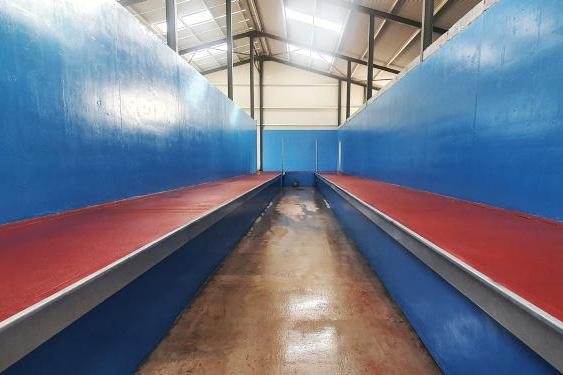
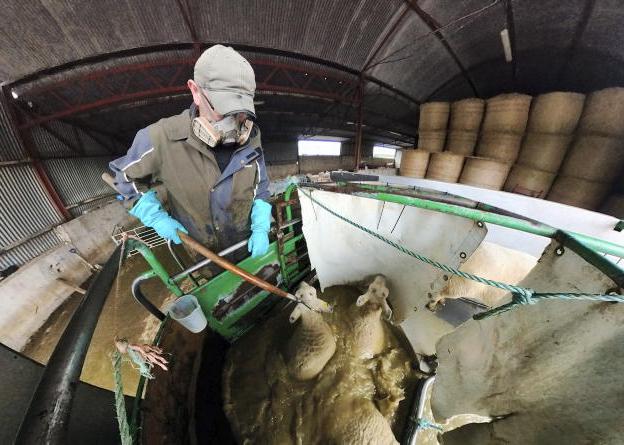
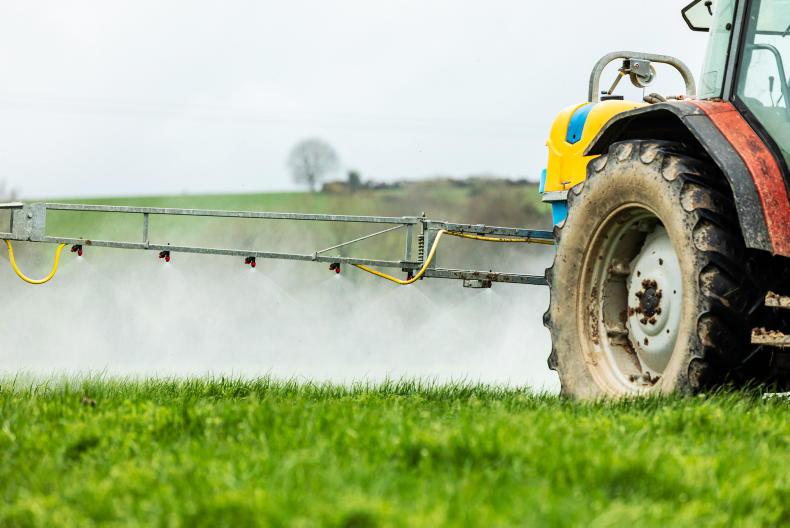
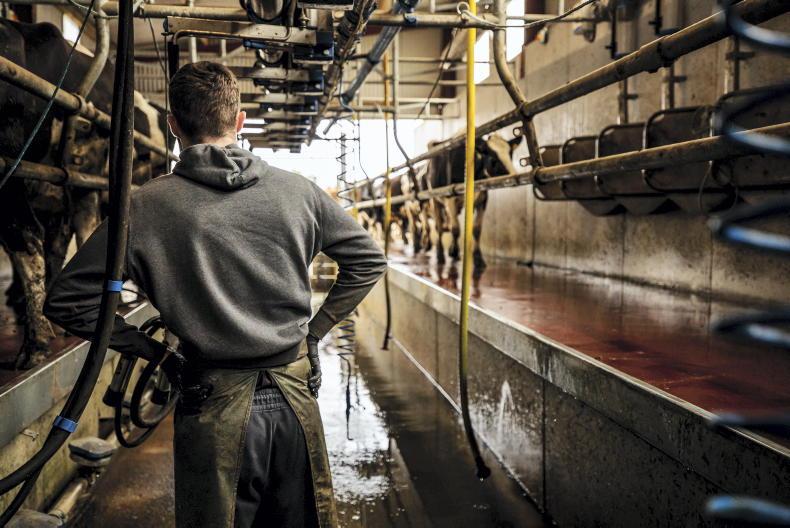
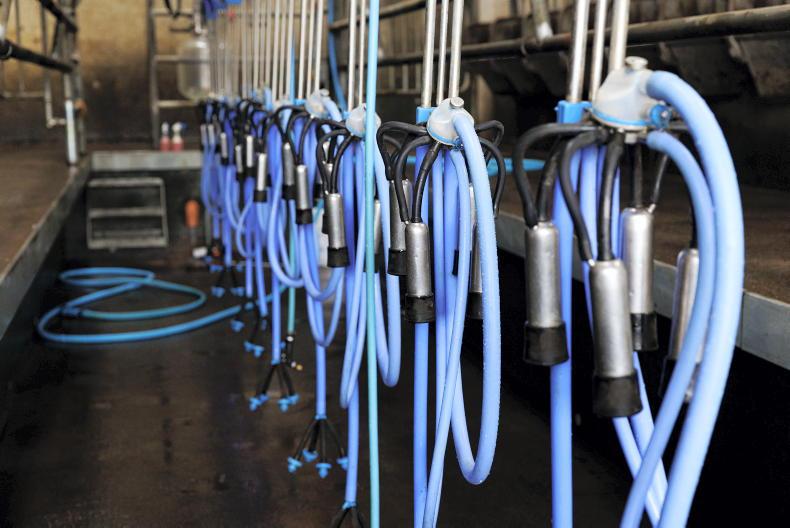
SHARING OPTIONS